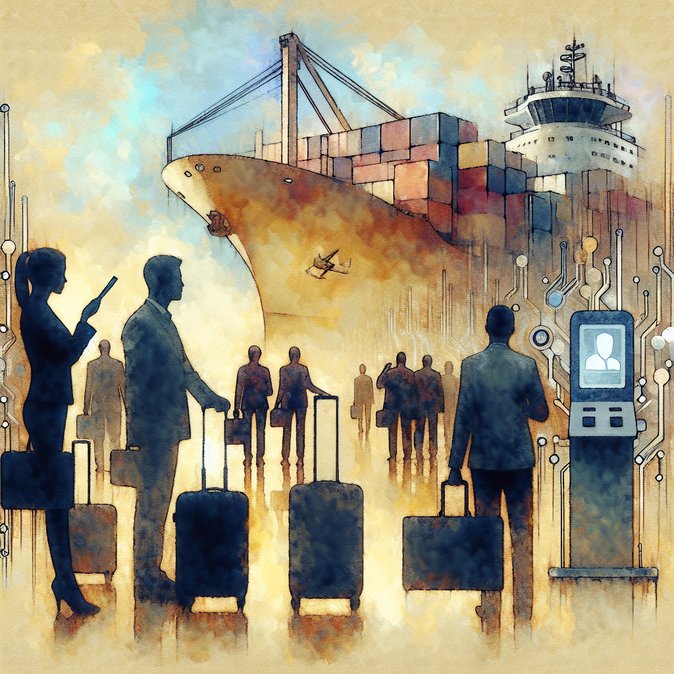
The UK’s busiest passenger port has postponed the introduction of the EU’s new Entry/Exit System (EES) for motorists at the last minute, after French police asked for more time to finalise operational protocols. Under the EES, every non-EU traveller—including British citizens—must be fingerprinted and photographed the first time they cross an external Schengen border. Dover activated the system for coaches and foot passengers on 12 October but had planned to extend it to cars on 1 November. Speaking on 3 November, Port of Dover chief executive Doug Bannister confirmed that infrastructure on the UK side—including 100 self-service biometric kiosks—was ready, but said the port was “being guided by our French counterparts on the activation date.”
The delay provides welcome breathing space for ferry operators and channel-tunnel rail shuttle Eurotunnel Le Shuttle, which have warned that enrolling four travellers in a family car could take six times longer than today’s passport check. Peak-summer traffic can reach 12,000 cars a day; modelling by the port suggests that without a staged approach the extra processing time could add more than 10 hours to peak-hour queues on the A20 and surrounding roads.
![Port of Dover delays EU biometric car checks as Entry/Exit System rolls out]()
For corporates, the pause means business travellers can still use Dover with minimal disruption during the pre-Christmas transport peak. Nevertheless, mobility managers are being advised to brief staff that the EES will come—possibly as early as January—and that first-time enrolment may require passengers to leave their vehicles briefly to use kiosks on the French frontier. Firms moving time-critical goods across the channel are also reviewing route-diversification strategies via ports such as Hull, Portsmouth and Newhaven until reliable throughput data is available.
In the longer term, the episode underlines the operational complexity of overlaying an EU border regime on UK soil post-Brexit. Dover and Eurotunnel both operate juxtaposed controls, meaning French border police work inside UK terminals. Until France authorises activation, the UK has limited ability to dictate timings—even where UK infrastructure is in place. The Home Office says it continues to work “closely with French partners” and expects the system to be fully operational for all traffic ahead of the EU’s tourist season in late spring 2026.
The delay provides welcome breathing space for ferry operators and channel-tunnel rail shuttle Eurotunnel Le Shuttle, which have warned that enrolling four travellers in a family car could take six times longer than today’s passport check. Peak-summer traffic can reach 12,000 cars a day; modelling by the port suggests that without a staged approach the extra processing time could add more than 10 hours to peak-hour queues on the A20 and surrounding roads.

For corporates, the pause means business travellers can still use Dover with minimal disruption during the pre-Christmas transport peak. Nevertheless, mobility managers are being advised to brief staff that the EES will come—possibly as early as January—and that first-time enrolment may require passengers to leave their vehicles briefly to use kiosks on the French frontier. Firms moving time-critical goods across the channel are also reviewing route-diversification strategies via ports such as Hull, Portsmouth and Newhaven until reliable throughput data is available.
In the longer term, the episode underlines the operational complexity of overlaying an EU border regime on UK soil post-Brexit. Dover and Eurotunnel both operate juxtaposed controls, meaning French border police work inside UK terminals. Until France authorises activation, the UK has limited ability to dictate timings—even where UK infrastructure is in place. The Home Office says it continues to work “closely with French partners” and expects the system to be fully operational for all traffic ahead of the EU’s tourist season in late spring 2026.








